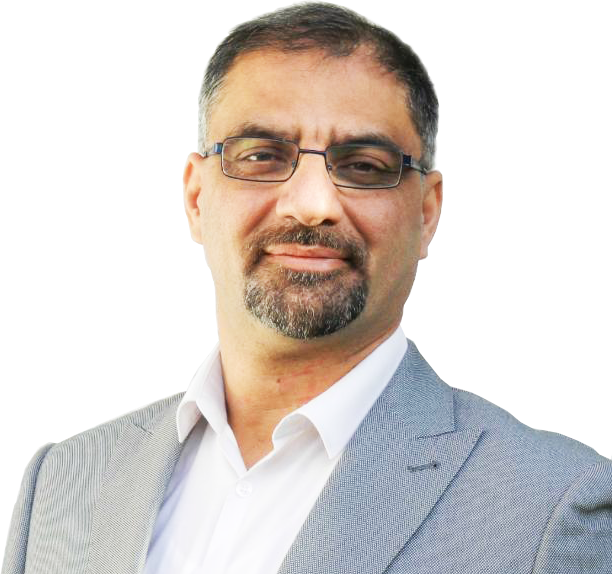Autism Assessment for 6-Year-Olds in London
Assessing autism spectrum disorder (ASD) in 6-year-olds is crucial for understanding how the condition impacts a child’s development, especially as they navigate the early years of formal education. This age group is particularly significant because many children begin to spend more time in structured environments like schools, where social interactions and learning expectations become more pronounced. Early assessment can lead to timely interventions that support the child’s educational and social growth. In London, various professionals specialize in conducting thorough assessments for this age group, utilizing evidence-based tools and approaches.
The assessment process typically starts with a comprehensive intake that involves parents, caregivers, and teachers. Gathering insights from multiple perspectives is vital, as it allows for a holistic understanding of the child’s behavior in different contexts. Parents are often asked to complete questionnaires detailing their child’s developmental history, communication skills, social interactions, and any concerning behaviors they have observed. Teachers may also provide valuable input about the child’s performance in school settings, including any challenges related to academic achievement or socialization with peers.
Standardized assessment tools are essential in this process. Instruments like the Autism Diagnostic Observation Schedule (ADOS) and the Childhood Autism Rating Scale (CARS) are often employed to evaluate the child’s language, play, social engagement, and cognitive abilities. These tools enable clinicians to observe and measure specific behaviors systematically and consistently, contributing to an accurate diagnosis. Observational assessments during play and social interactions help determine the child’s ability to communicate and engage, which are crucial aspects of the diagnosis.
In London, early diagnosis is becoming increasingly prioritized, as research shows that early interventions can significantly enhance long-term outcomes for children with autism. The assessment not only facilitates diagnosis but also helps develop personalized intervention strategies tailored to the child’s unique strengths and challenges. Parents will receive feedback on the assessment results, along with recommendations for appropriate therapies and support services. This collaborative approach encourages families to be proactive in advocating for their child’s needs.
In summary, the assessment of autism in 6-year-olds in London is a critical step in the journey toward understanding and supporting a child with autism. By utilizing comprehensive assessment methods and engaging with multiple stakeholders in a child’s life, clinicians can provide valuable insights and intervention strategies that pave the way for improved developmental outcomes.
Dr. Alireza Moafi: Autism Assessment for 6-Year-Olds in London
Dr. Alireza Moafi is a renowned expert in the assessment and management of autism spectrum disorder (ASD) in young children, including those around the age of six. His practice in London is characterized by a deep commitment to providing thorough and individualized assessments that are crucial for understanding each child’s unique needs. With a background in child psychology and extensive experience working with children on the autism spectrum, Dr. Moafi has established himself as a leading practitioner in this field.
Recognizing the importance of early diagnosis, Dr. Moafi operates from the understanding that the sooner a child receives an accurate assessment, the better the opportunities for successful intervention. He utilizes a multidisciplinary approach, incorporating insights from parents, teachers, and relevant specialists to create a comprehensive picture of the child’s abilities and challenges. This collaborative model allows for a deeper understanding of the child’s behavior in various settings, whether at home or in school.
During the assessment process, Dr. Moafi employs a range of assessment tools, including the Autism Diagnostic Observation Schedule (ADOS) and standardized questionnaires designed to evaluate communication and social skills. His approach is not solely focused on obtaining a diagnosis but also on understanding the child holistically. He takes the time to engage with each child during the assessment, creating a comfortable environment that encourages natural behavior and interactions. This observation is essential for capturing the nuances of behavior that are characteristic of autism.
Following the assessment, Dr. Moafi provides detailed feedback to parents, outlining the outcomes and recommendations based on the findings. He emphasizes the importance of tailored interventions that consider the child’s strengths and interests, offering families guidance on possible therapeutic approaches, including behavioral therapies, speech and language therapy, and social skills training. Dr. Moafi’s commitment to ongoing support extends beyond the assessment; he encourages families to remain actively involved and to seek additional resources for advocacy and support.
Additionally, Dr. Moafi’s clinic fosters a welcoming and informative atmosphere, ensuring that parents feel supported throughout the assessment process. He believes in the power of education, offering workshops and resources that empower families to better understand autism and navigate the available services. Through his dedication and expertise, Dr. Alireza Moafi is making a meaningful impact on the lives of 6-year-olds with autism and their families in London, facilitating their journey toward effective support and development.
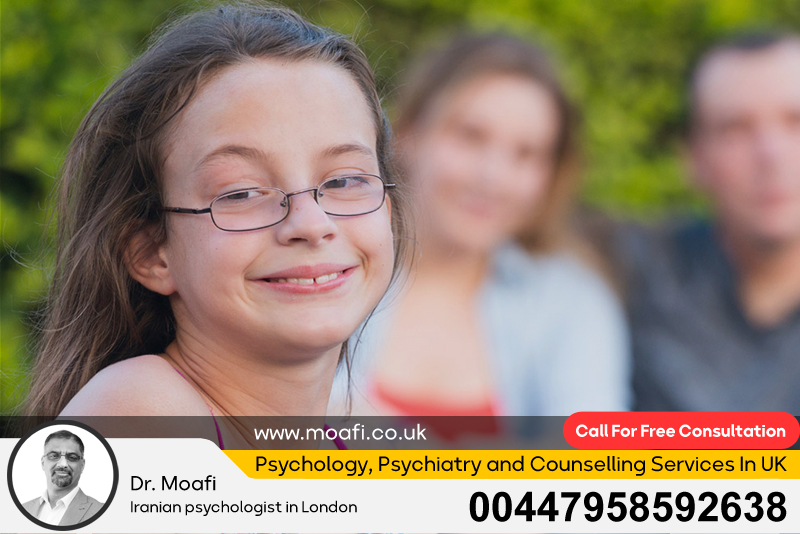
Autism for 6-Year-Olds
Autism spectrum disorder (ASD) is a multifaceted neurodevelopmental condition that can significantly affect a child’s ability to interact, communicate, and learn. By the time children reach the age of six, they are typically engaged in structured educational settings, making it essential to understand how autism may influence their behavior and development in these environments. Children with autism at this age often display varying degrees of ability in terms of social communication, behavior, and learning preferences, which may not only shape their educational journey but also impact their interactions with peers and adults.
At age six, many children are expected to demonstrate certain social skills, such as taking turns, sharing, and participating in group activities. However, for children with autism, these social behaviors may be particularly challenging. They might struggle with initiating interactions, maintaining eye contact, or understanding social cues that indicate what others expect from them. Interaction with peers can be fraught with difficulty, leading to social isolation or misunderstandings in group settings. Consequently, these difficulties in social communication can result in frustration for the child and concern for parents and educators.
In addition to social challenges, children with autism may also exhibit restrictive and repetitive behaviors, such as hand-flapping, rocking, or spinning objects. These behaviors can serve as coping mechanisms in overwhelming situations, helping the child self-regulate in environments that may be overstimulating. Children with autism might also develop intense interests in specific topics or activities, which can further impact their social interactions. While these interests can provide joy and engagement, they may lead to difficulties when children have trouble transitioning to other activities or play modes.
Awareness of these characteristics is essential for tailoring educational approaches and support strategies that best suit the needs of 6-year-olds with autism. Interventions such as social skills training, individualized education plans (IEPs), and tailored behavioral therapies can significantly enhance a child’s ability to navigate social situations and academic demands. Understanding that every child with autism is unique, with particular strengths and challenges, is integral to fostering an inclusive and supportive educational environment. Promoting acceptance and understanding among classmates can also create a more enriching atmosphere, enabling children with autism to thrive alongside their peers.
In summary, autism in 6-year-olds encompasses various influences on social behavior, communication abilities, and learning tendencies. Acknowledging these aspects allows caregivers, educators, and peers to foster understanding and support that enhances the overall development of children on the spectrum.
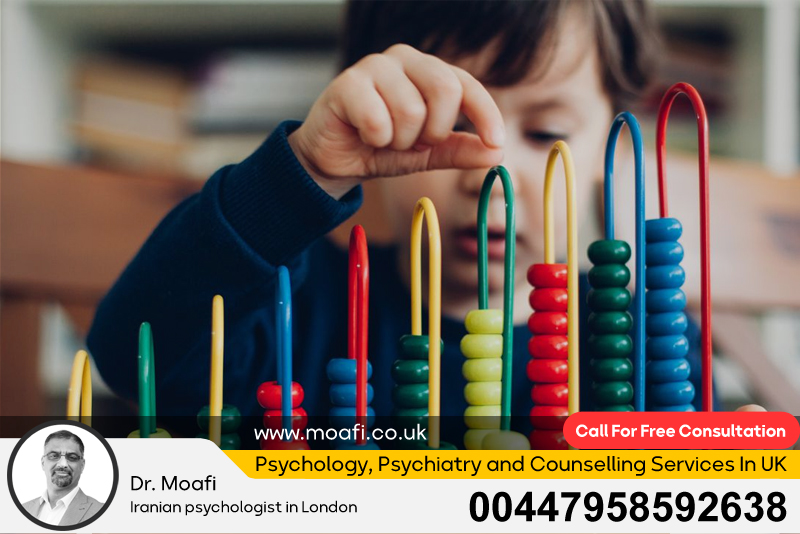
Signs and Symptoms of Autism Spectrum Disorder in 6-Year-Olds
Identifying the signs and symptoms of autism spectrum disorder (ASD) in 6-year-olds is crucial for timely diagnosis and intervention. This age often marks significant social, communicative, and cognitive changes as children begin formal schooling, making it essential to recognize any deviations from typical developmental patterns. While every child with autism presents differently, several common signs and symptoms can indicate a need for further evaluation and support.
One of the primary signs of autism in 6-year-olds is difficulty with social communication. Children on the spectrum may struggle to initiate conversations or respond appropriately to questions and comments from peers and adults. They might have trouble understanding social cues, such as body language or facial expressions, which can hinder their ability to form friendships and engage in group activities. As social situations become more complex in school environments, these challenges may become more pronounced, leading to feelings of isolation or frustration.
Additionally, many children with autism experience delays in language development. While some may be verbal and able to communicate their needs, they might still struggle with the nuances of conversational exchanges. For instance, they may not grasp humorous nuances, idiomatic expressions, or sarcasm, leading to misunderstandings in social settings. In some cases, children may exhibit echolalia, where they repeat phrases or sentences they have heard before, often without understanding their meaning.
Another common symptom of autism is the presence of restrictive and repetitive behaviors. Children may engage in repetitive actions such as hand-flapping, rocking, or lining up toys. These behaviors often serve as self-soothing mechanisms that help the child cope with anxiety in overwhelming situations. Additionally, many children with autism develop strong, focused interests in specific topics—such as dinosaurs, trains, or particular movies—which can lead to extensive knowledge on those subjects but may also create challenges in transitioning to other activities.
Finally, sensory sensitivities are also common among 6-year-olds with autism. Children may react strongly to certain textures, sounds, or lights, either seeking out sensory experiences or becoming overwhelmed by them. These sensitivities can complicate their ability to engage comfortably in classroom settings or participate in everyday activities.
In summary, recognizing the signs and symptoms of autism in 6-year-olds is vital for ensuring they receive the necessary support and resources for their development. Understanding these characteristics allows parents, educators, and peers to create a more inclusive and nurturing environment that acknowledges and celebrates the unique strengths and challenges of children on the autism spectrum.
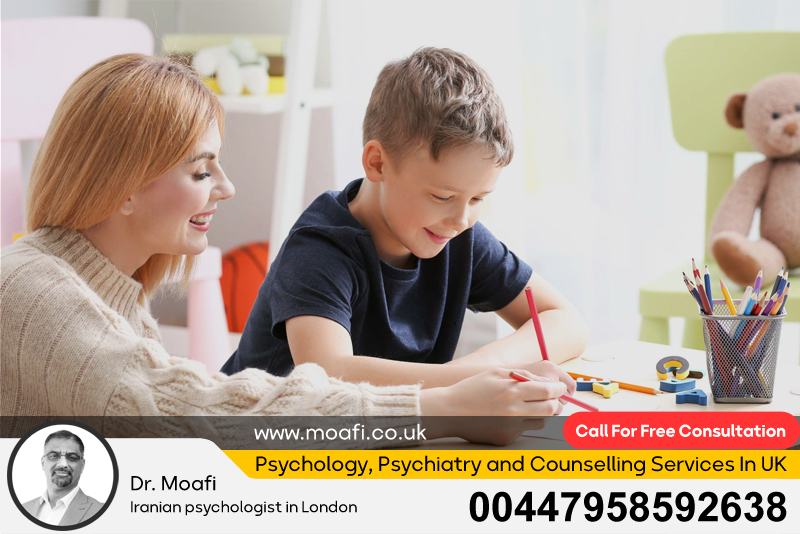
What Is Autism in 6-Year-Olds?
Autism spectrum disorder (ASD) is a complex neurodevelopmental condition that affects how individuals perceive and interact with the world around them. By the age of six, the characteristics of autism can manifest in various ways, influencing a child’s social, communicative, and behavioral development. Children with autism may exhibit a range of symptoms that can affect their ability to engage with peers, understand social norms, and express themselves effectively. At this developmental stage, the nuances of autism become more apparent as the demands of social interaction and communication increase.
At the core of autism are challenges in social communication and interaction. Six-year-olds are typically expected to engage in more sophisticated social behaviors—like forming friendships, taking turns, and understanding social cues—yet children with autism may find these tasks difficult. They might struggle to participate in group activities or fail to grasp how to initiate and maintain conversations. For instance, a child may have difficulty understanding when it is their turn to speak in a group discussion or may not respond appropriately to a peer’s attempt to play. These challenges can lead to feelings of exclusion and may affect their self-esteem.
In addition to social communication difficulties, children with autism may exhibit restrictive and repetitive behaviors. This can include repetitive movements or routines, such as rocking back and forth, hand-flapping, or insisting on specific rituals. These behaviors often serve as coping strategies to manage anxiety or sensory overload in an environment that may be overwhelming. Many children with autism also develop intense interests in particular subjects, focusing on them to a degree that may seem obsessive to others. While these interests can be points of strength, they may also lead to challenges in transitioning to different tasks or activities.
As children with autism progress through their early school years, their individual profiles become more distinct. Some may show strengths in certain areas, such as math or art, while encountering difficulties in language or social skills. Understanding autism in 6-year-olds is critical for parents, educators, and caregivers, as it informs how best to support their development through tailored interventions and nurturing environments. This understanding is key to fostering a child’s growth and helping them thrive academically and socially.
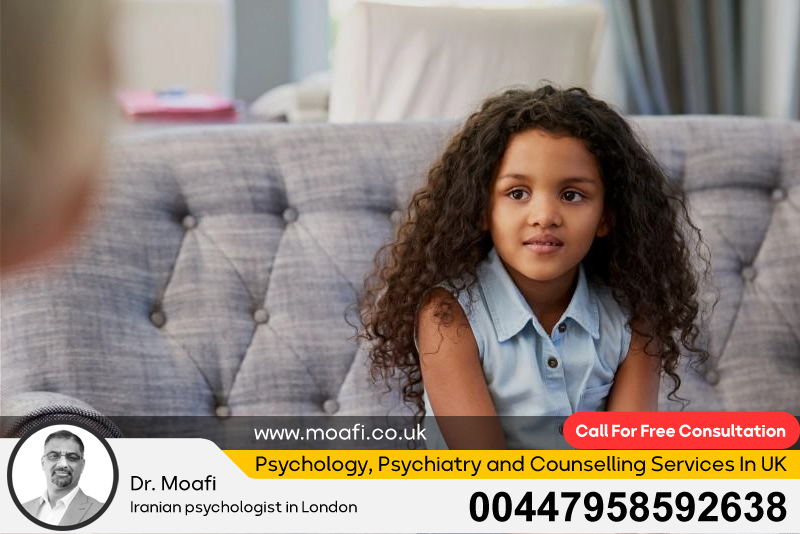
What Causes Autism in 6-Year-Olds?
The precise causes of autism spectrum disorder (ASD) remain an area of active research, and while no singular cause has been identified, a combination of genetic and environmental factors appears to contribute to its development. Understanding these factors is essential for parents, caregivers, and practitioners as they navigate the complexities of autism in children, particularly those around the age of six.
Genetic factors play a significant role in the likelihood of developing autism. Studies have indicated that children with a family history of autism spectrum disorder are more likely to be diagnosed with autism themselves. Various genetic mutations and variations have been identified that may affect brain development and functioning, influencing the likelihood of autism. For example, certain genes associated with brain connectivity and synaptic development have been linked to an increased risk of developing the disorder. Researchers continue to investigate how specific genetic traits interact with one another, as well as their role concerning environmental influences.
In addition to genetic components, environmental factors have gained recognition as potential contributors to autism. Research has examined how prenatal exposure to certain environmental factors might influence a child’s likelihood of developing autism. Factors such as maternal infections during pregnancy, advanced parental age, complications at birth, and exposure to environmental toxins or pollutants may heighten the risk of ASD. For instance, studies suggest that exposure to heavy metals or pesticides during pregnancy can coincide with an increased incidence of autism in offspring.
Furthermore, brain development continues to be a key area of interest. Researchers are working to understand how genetic predispositions interact with external environmental factors during crucial developmental periods, potentially altering brain development trajectories. These interactions may create variations in how children with autism process information, regulate emotions, and respond to social engagement.
While understanding the causes of autism is complex and multifaceted, it is vital to highlight that no single factor is solely responsible for its development. A combination of genetic, environmental, and brain development factors contribute to the spectrum of symptoms associated with autism. Recognizing this complexity fosters a greater understanding and compassion in supporting families and individuals impacted by autism. Through ongoing research and awareness, the potential for earlier diagnosis and effective interventions continues to grow, ultimately improving outcomes for children diagnosed with autism.
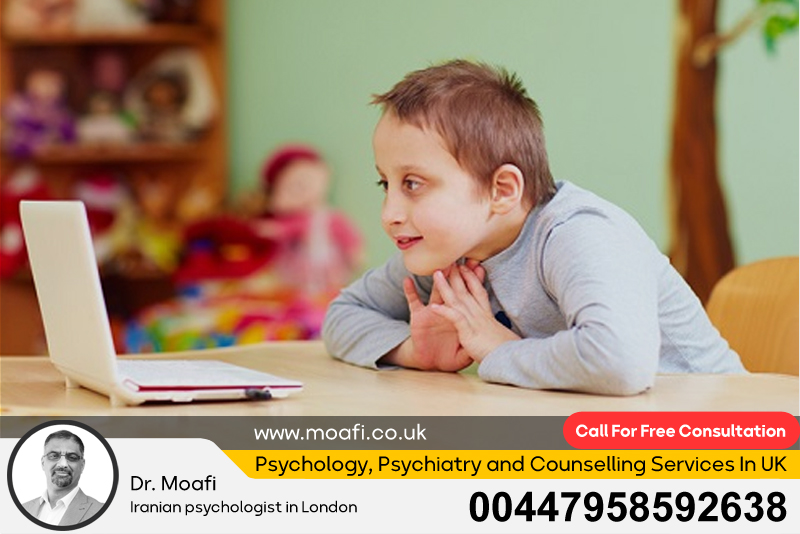
Treatment of Autism in 6-Year-Olds
Treating autism spectrum disorder (ASD) in 6-year-olds involves a multifaceted approach tailored to each child’s unique needs, strengths, and challenges. Early intervention is critical, as studies show that timely and appropriate therapies can significantly improve a child’s development and quality of life. A comprehensive treatment plan often includes various therapeutic modalities, such as behavioral therapies, speech and language therapy, occupational therapy, and social skills training.
One of the most widely recognized interventions for autism is Applied Behavior Analysis (ABA). This therapy uses the principles of behaviorism to encourage positive behaviors while reducing problematic ones. ABA can help children develop essential skills, such as communication and social interaction, through structured techniques that reinforce desired behaviors. For instance, children may receive praise or rewards when they successfully complete tasks or engage in appropriate social interactions. By breaking down skills into manageable parts, ABA encourages gradual learning and mastery.
Speech and language therapy is another crucial component in treating autism for 6-year-olds. Many children on the spectrum face challenges in expressive and receptive language skills. A speech-language pathologist can work with the child to develop communication skills necessary for everyday interactions, such as asking for help, sharing ideas, or understanding others’ perspectives. This therapy may incorporate play-based techniques to make learning enjoyable and relatable for the child.
Occupational therapy focuses on enhancing the child’s daily functioning and independence. For 6-year-olds with autism, this can involve developing fine motor skills necessary for tasks like writing, using utensils, or participating in art activities. Additionally, occupational therapists can help children manage sensory sensitivities, enabling them to cope better in environments that may be overwhelming.
Social skills training plays an integral role in the treatment of autism, as it specifically addresses deficits in social interaction. This training helps children learn how to navigate social situations, understand social cues, and improve their ability to engage with peers effectively. Role-playing, peer interactions, and social stories are common methods used in these sessions, providing practical applications of learned skills in real-life contexts.
Engaging families in the treatment process is essential for fostering long-term success. Parental involvement, education, and support groups can empower parents to reintegrate strategies learned in therapy into home and school settings. A collaborative approach ensures consistency in care and reinforces the child’s learning across different environments. In summary, treating autism in 6-year-olds requires a comprehensive, individualized plan that combines behavioral therapies, communication skills development, and socialization training, all aimed at helping children reach their fullest potential.
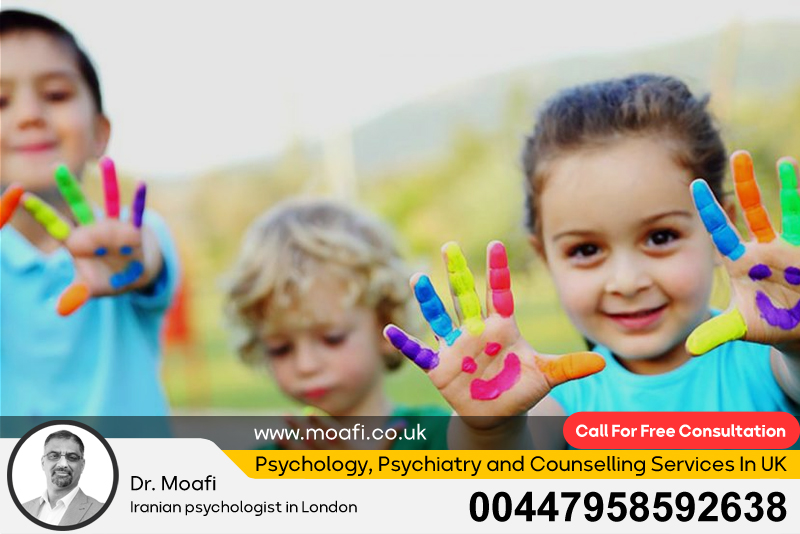
Autism in 6-Year-Olds: Symptoms, Causes, Types, and Testing
Understanding autism spectrum disorder (ASD) in 6-year-olds involves recognizing the symptoms, possible causes, different types, and testing methods used for diagnosis. At this age, children’s symptoms can become more pronounced and observable, particularly as they interact more with their peers and engage in formal schooling. Early diagnosis and intervention are crucial in shaping positive outcomes for children on the autism spectrum.
Symptoms of autism in 6-year-olds typically encompass challenges in social communication and interaction, restrictive behaviors, and sensory sensitivities. Children may struggle to engage in typical social interactions, such as making friends, sharing, or taking turns. They might have difficulty using language effectively to express their thoughts or feelings and often miss social cues that are critical for effective communication. Repetitive behaviors, such as hand-flapping or insistence on routines, may also be evident. Children may develop intense interests that can dominate their conversations and activities, leading to limited engagement in other areas.
The exact causes of autism remain unclear; however, a combination of genetic and environmental factors is believed to contribute to its development. Research indicates that children with a family history of autism may be at a greater risk. Additionally, factors such as maternal infections during pregnancy, advanced parental age, and exposure to environmental toxins pose potential risks for developing ASD. Brain development during early childhood is also a significant aspect of research, as it may provide insights into how genetics and environment interact to influence outcomes.
There are various types within the autism spectrum, which are characterized by differing levels of support needs and symptom presentations. Children may fall into categories such as classic autism, Asperger’s syndrome (now often encompassed within ASD), or pervasive developmental disorder-not otherwise specified (PDD-NOS). Each type encompasses a unique spectrum of symptoms, necessitating individualized assessment and intervention.
Testing for autism in 6-year-olds typically involves a multi-step process, including developmental screening and comprehensive assessments conducted by trained professionals, such as child psychologists or developmental pediatricians. Standardized tools like the Autism Diagnostic Observation Schedule (ADOS) and the Childhood Autism Rating Scale (CARS) can provide insights into behaviors and social interactions. Observational assessments during structured play and interaction help clinicians determine whether a child meets the criteria for an autism diagnosis.
Dr. Alireza Moafi Will Help You Treat Autism in 6-Year-Olds
Dr. Alireza Moafi is a distinguished specialist in the diagnosis and treatment of autism spectrum disorder (ASD) in young children, particularly focusing on 6-year-olds. With a deep commitment to understanding the unique needs of each child, Dr. Moafi adopts a holistic approach that combines evidence-based practices, family involvement, and a supportive environment. His extensive experience has made him a trusted practitioner for families seeking effective strategies to help their children navigate the complexities of autism.
Understanding that every child’s journey with autism is unique, Dr. Moafi emphasizes the importance of personalized intervention strategies that cater to individual strengths and challenges. He starts by conducting comprehensive assessments, which include gathering detailed information from parents, teachers, and the children themselves. This multi-faceted approach ensures that every aspect of the child’s development is considered, leading to a more accurate understanding of their needs. His assessments often utilize standardized tools and observational techniques to capture behaviors that may not be apparent in typical assessments.
Once a diagnosis is established, Dr. Moafi collaborates closely with families to develop a tailored treatment plan. His treatment strategies typically encompass a range of therapies, including Applied Behavior Analysis (ABA), speech and language therapy, and occupational therapy. ABA is particularly effective in helping children develop essential communication and social skills through structured learning and reinforcement techniques. Dr. Moafi also focuses on creating interventions that enhance daily functioning, ensuring that children are equipped with the skills necessary to thrive in both home and school environments.
Dr. Moafi is not only dedicated to his clinical practice but also values the pivotal role of parental involvement in the treatment process. He provides parents with the tools and strategies they need to reinforce therapeutic goals at home, empowering them to support their child’s learning and growth effectively. Additionally, Dr. Moafi encourages ongoing communication between parents, educators, and therapists to create a cohesive support network for the child.
The supportive atmosphere that Dr. Moafi cultivates in his practice allows children to feel comfortable and engaged during therapy sessions. He understands that building trust is essential for effective treatment, particularly for young children who may be navigating unfamiliar environments. Through patience, empathy, and expertise, Dr. Alireza Moafi is committed to improving the lives of 6-year-olds with autism, equipping them with the skills necessary to reach their full potential.
Free Consultation for 6-Year-Olds with Autism
For families facing the challenges of autism spectrum disorder (ASD) in their 6-year-old children, Dr. Alireza Moafi offers a valuable opportunity through a free consultation designed to assess the needs of young children on the spectrum. This initiative aims to provide parents and caregivers with insights, guidance, and an opportunity to discuss their concerns about their child’s development without the initial financial burden. The free consultation is an essential first step in understanding the complex nature of autism and how best to support children navigating this journey.
During the free consultation, parents can express their specific concerns regarding their child’s social skills, communication abilities, and overall behavior. Dr. Moafi creates a welcoming and supportive environment where families feel comfortable discussing their experiences and challenges. Utilizing a compassionate and understanding approach, he aims to build rapport with both the child and the parents, ensuring that everyone feels heard and valued.
The consultation will typically include an initial screening process, where Dr. Moafi will gather critical information about the child’s developmental history and any observed behaviors that may be indicative of autism. Parents may be asked to complete questionnaires that outline their child’s milestones, communication patterns, and social interactions. This preliminary assessment helps identify areas that might require further exploration or intervention.
Following the initial discussion, Dr. Moafi can recommend appropriate next steps based on the information gathered during the consultation. This may include suggestions for formal assessments, tailored therapeutic interventions, or educational strategies to support the child in various environments. He emphasizes the importance of early diagnosis and intervention, offering parents insights into how various therapies can foster growth and development.
The free consultation also serves as an educational opportunity for families. Dr. Moafi provides parents with resources and information about autism, enabling them to make informed decisions about their child’s care. He encourages open communication and collaboration throughout the assessment and treatment process, recognizing that family involvement is crucial for successful outcomes.
In summary, Dr. Alireza Moafi’s free consultation for 6-year-olds with autism provides a vital entry point for families seeking support. By partnering with families, Dr. Moafi strives to create an inclusive environment that promotes understanding and effective strategies for children with autism, ultimately helping them thrive in their everyday lives.

